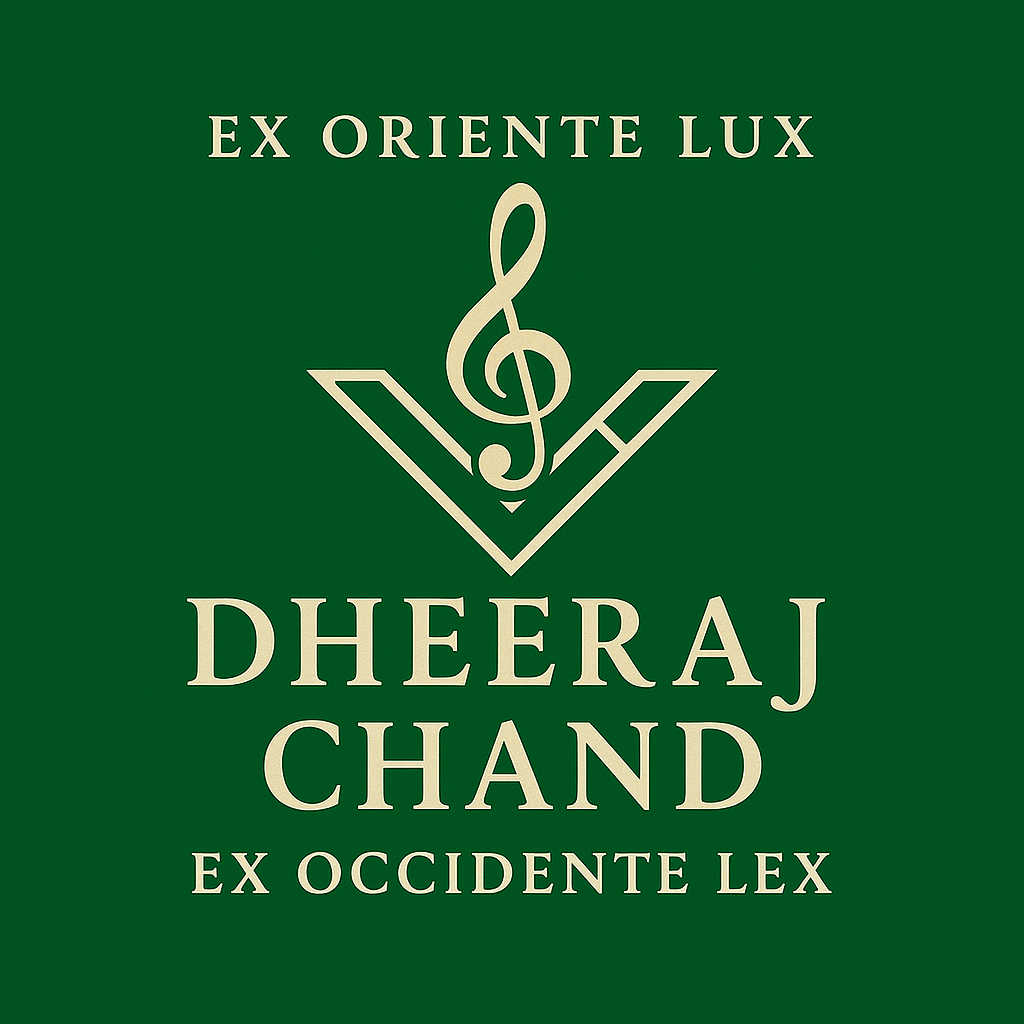Triplets and Half Notes
This one is a fun one. Here are two files that will make this helpful for you.
You can open (1) in TuxGuitar if you want to, but I recommend using Guitar Pro 8. I don’t think that (2) opens in anything but iReal, but it’s worth getting.
The value of (1) is that you can hear the melody line, as written, and the value of (2) is that you have harmonies to practice against. Those two are editable, but here’s the Guitar Pro format one in PDF.
Continue on to get what I think is worth minding.
Now, here’s what I think makes this interesting and what you will learn from it.
There are a few things to note in this pattern.
The base harmony moves chromatically for twelve measures, so you will get twelve continuous measures of rising harmony. I have never heard this happen in a real piece of music. As such, the benefit is hearing what moments of this pattern could be, maybe three measures at a time will show up in real music, but it’s good to hear it like this.
The base harmony is written in flats, not sharps. This is common for horns players, but not for guitar players. If you play the guitar, because you probably started with open position chords, you’re more accustomed to thinking in sharps than flats. This doesn’t really matter in any meaningful sense, but use the opportunity to learn to think in flats, rather than sharps.
This pattern is a 4/4 measure with the first half in ascending and descending triplets, followed by a half note. Here’s some of what you can get from this.
If you are so inclined, you can count it like this: [1,2,3], [1,2,3], [1,2,3,4,5,6].
Half the measure is spent in quicker notes, half on a sustained note. That means that you will learn to count moving from fast to slow, but, then, as the pattern repeats, back to fast again from slow.
You are training to work three against four, which is a really good rhythmic sensibility to have.
There are no notes in this pattern that are not chordal notes. This is a purely arpeggiated melodic phrase. As such, you will hear no dissonance with a backing track, this is entirely consonant.
Enjoy!
